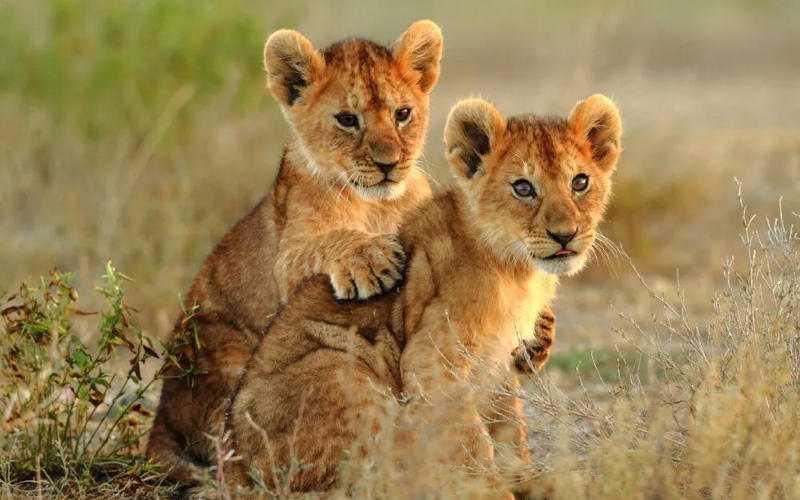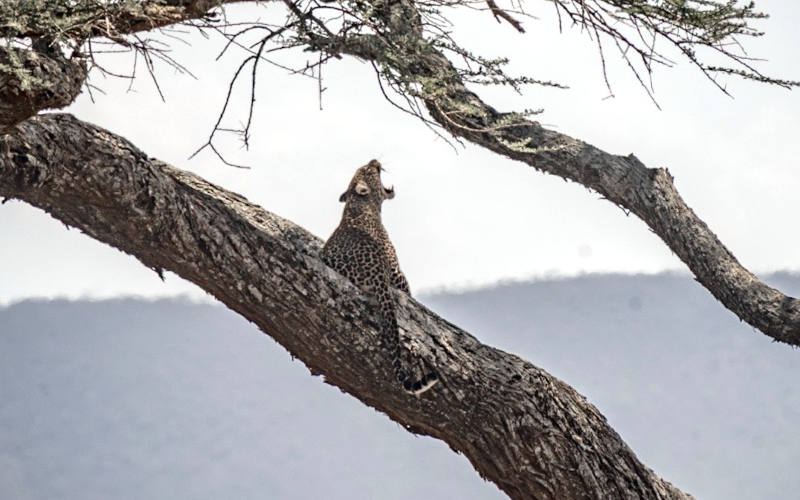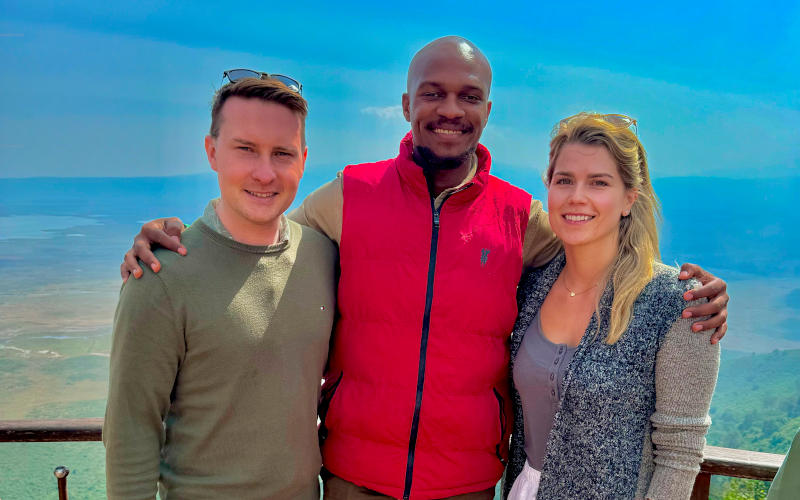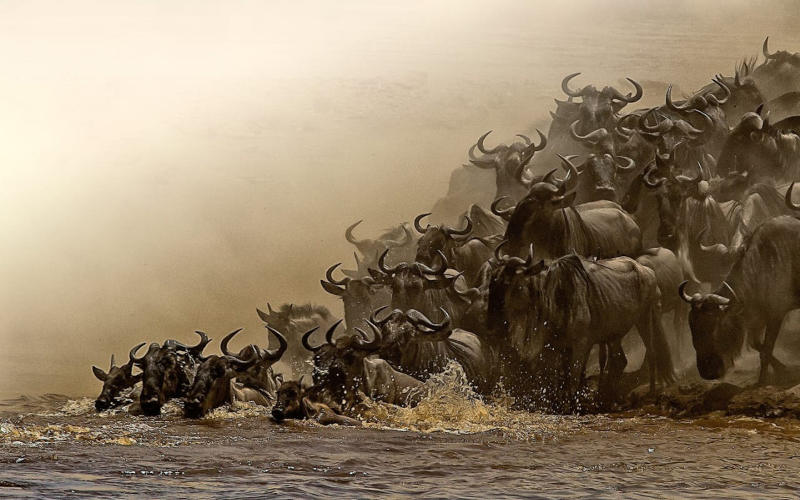
For those who know it, the Ngorongoro Conservation Area evokes images of a vast volcanic caldera teeming with wildlife, where the legendary "Big Five" and countless other animals roam freely. However, there is much more to this extraordinary region. Beyond the crater, Ngorongoro also features mountains, lakes, forests, and sweeping African plains, as well as several globally significant archaeological sites.
Spanning 8,300 square kilometers, the conservation area is centered around a massive volcanic crater—the largest unbroken caldera in the world. This natural wonder, often referred to as the "jewel in the crown," covers approximately 300 square kilometers, plunges 600 meters deep, and stretches 20 kilometers wide. Its rim reaches an impressive 2,286 meters above sea level. At the crater’s base lies Lake Magadi, a small soda lake, and an estimated 30,000 animals inhabit the crater, making it one of the most densely populated wildlife areas on the planet.
Once part of the Serengeti National Park, the area was reclassified as a conservation zone to accommodate the Maasai people, who have lived here for centuries. It stands as a remarkable example of a protected area that balances wildlife conservation with sustainable human habitation. The Maasai continue to coexist harmoniously with the region’s wildlife and maintain grazing rights within the crater.
With its breathtaking landscapes and rich cultural heritage, the Ngorongoro Conservation Area was rightfully designated a UNESCO World Heritage Site in 1978.
Ngorongoro Crater Safaris & Tours





-> 5 Days Simba Safari -> 6 Days Northern Safari -> 8 Days Tanzania Safari -> 10 Days Tanzania Cultural Experience -> 10 Days Great Serengeti Wildebeest Migration Safari
-> Serengeti National Park -> Tarangire National Park -> Lake Manyara National Park -> Ngorongoro Crater -> Materuni Village & Waterfalls

